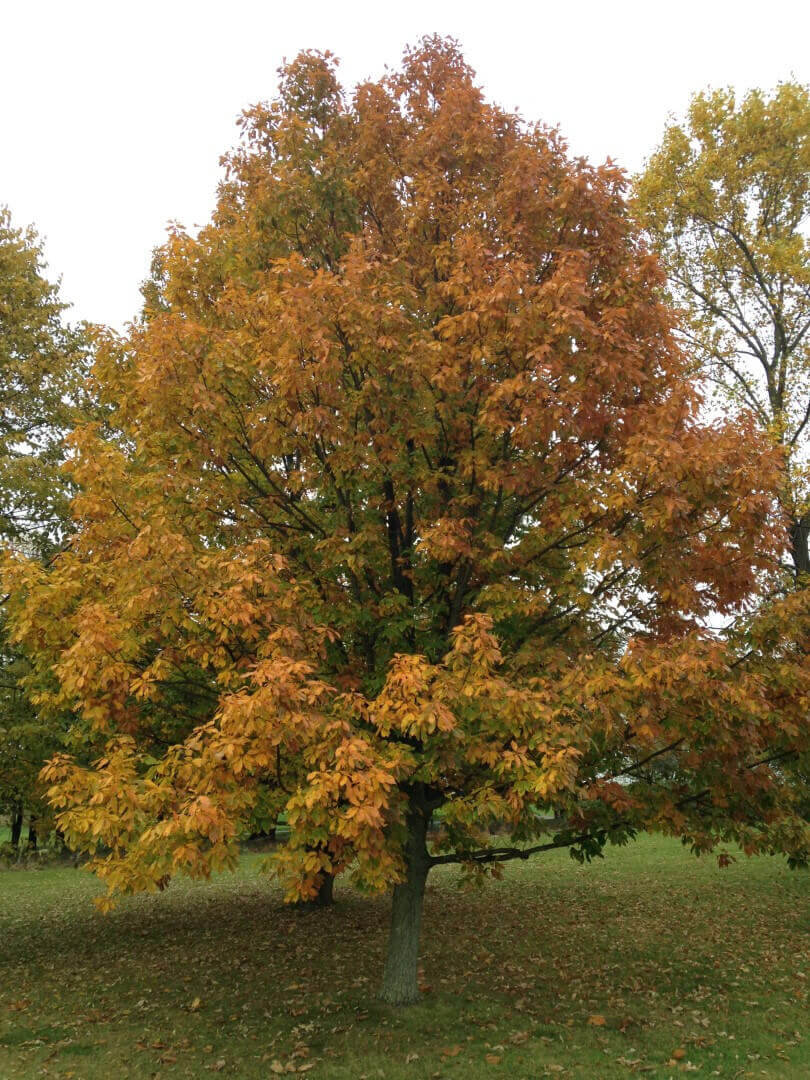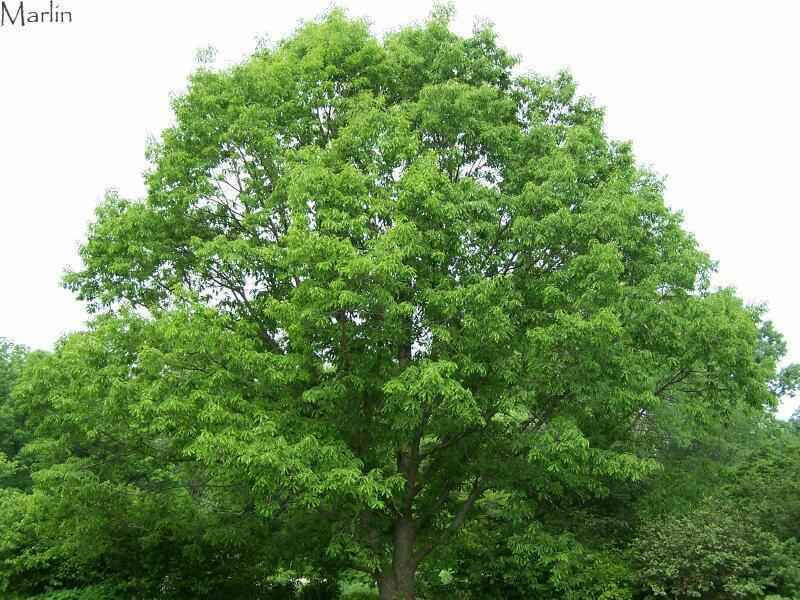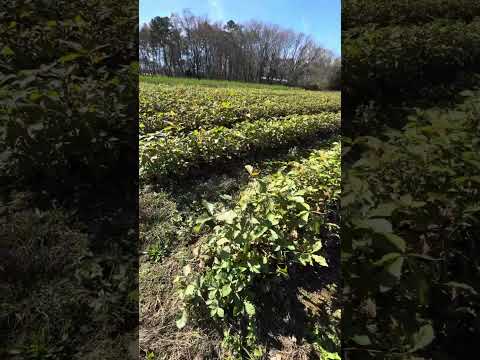Chestnut Oak Seedlings | Quercus Montana
Growing mightily among the Appalachian Mountains, a prominent native tree treasured for its strength takes root. Chestnut Oak Seedlings grow into stabilizing trees with durable wood, providing endless value that lasts for centuries.
They are not only a practical choice but are also sure to impress with eminent seasonal beauty. Many forms of wildlife will naturally call this tree home, bringing endless life to your yard or landscape.
Plant Details - Chestnut Oak Seedlings (Quercus Montana)
Family: Fagaceae
Light Requirement: Full Sun – Partial Shade
Water Needs: Moderate
Height: 50-80 ft.
Spread: 40-60 ft.
Growth Rate: Slow - Moderate
Bloom Time: Spring
Flower Color: Green – yellow catkins
Wildlife Value: Provides food & shelter for animals
As a tree with a remarkably long life (up to 400 years), it can take quite a bit of time to reach its full height, denoting it as a moderately slow grower. In the meantime, it pushes out attractive, leathery leaves with soft lobes. Both male and female flowers grow inconspicuously among the branches in the spring.
This tree prefers well-drained, rocky or sandy soils to thrive at its best. While it can adapt to a variety of conditions, it would not do well in an area with flooding or waterlogging. Acorns on this tree mature within a single growing season, providing yearly autumnal food for local critters.
Landscape Uses and Maintenance - Chestnut Oak Seedlings (Quercus Montana)
Because Chestnut Oak Seedlings have adapted to growing in rocky, sloped areas, this tree functions incredibly well for habitat restoration. It is tough and durable with a sprawling root system that can add structure for larger areas. Once the seedling is established, it is incredibly low maintenance. Light pruning may be beneficial during the winter to clean up dead branches.
Noteworthy Characteristics of Chestnut Oak Seedlings
This tree earns its name by having leaves that uncannily mimic those of true chestnut trees. Chestnut Oak Seedlings will eventually begin to develop extremely thick, rugged, ridged bark that is noticeable from a mile away. Additionally, this tree will go on to develop some of the largest acorns of any other native oak.




